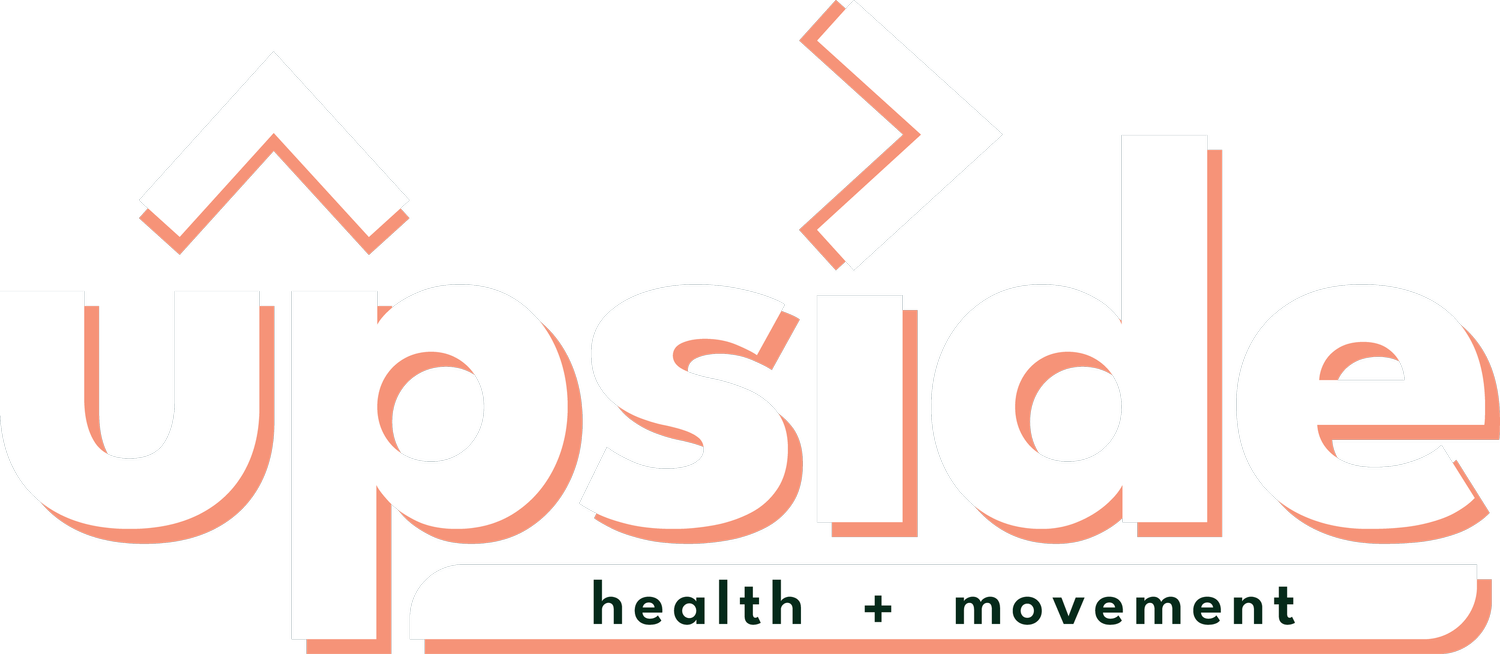That Ache After Exercise: Soreness or Injury?
We've all experienced that satisfying ache after a tough workout. It's a testament to our hard work and dedication. But how do we differentiate between normal muscle soreness and a potential injury? As Remedial Massage Therapists and Clinical Myotherapists, we see many people come through our doors with post-workout aches and pains. Let's break down the difference.
New or unfamiliar exercise can leave you feeling a little sore.
So, how do you decipher the post-workout/activity message your body's sending? Here's a breakdown to help you navigate the world of activity-induced discomfort:
The Ally: Delayed Onset Muscle Soreness (DOMS)
DOMS is your body's way of saying, "Hey, that was new!" It's a temporary soreness that typically occurs 24-72 hours after a challenging workout, especially if it involves unfamiliar movements or increased intensity. This is called the “inflammatory window”; a period after exercise when the body experiences a controlled inflammatory response. This is a natural part of the muscle repair and growth process. During this time, immune cells are activated to clear cellular debris and initiate tissue repair.
What it feels like: Dull, achy discomfort in a large muscle group, like your legs after a tough squat session or your shoulders after a new weightlifting routine.
The good news: This type of soreness is a sign of adaptation. Microscopic tears in your muscle fibres are a normal part of the strengthening process. They'll repair themselves, coming back stronger than before.
Tips for managing DOMS:
Gentle movement: Don't fear movement! Light cardio or stretching can actually improve blood flow and reduce stiffness.
Hydration: Stay hydrated before, during, and after your workout. Water is your best friend for muscle recovery!
Rest and recovery: Give your muscles time to repair. Listen to your body and take rest days when needed.
Self-care: Treat yourself to a massage! Remedial massage can help reduce muscle tension and promote healing.
The Enemy: Injury
While soreness is expected, sharp, localized pain that interferes with your movement or daily activities could be a sign of injury. Here's what to watch out for:
Sharp, localized pain: Injury pain tends to be more specific, pinpointing a particular area instead of a general ache.
Swelling: Noticeable puffiness or inflammation could signal a deeper tear or sprain.
Loss of range of motion: Does the pain restrict your ability to move your joint through its full range?
Weakness: Feeling significantly weaker in a particular muscle group after exercise.
If you suspect an injury:
Stop activity: Don't push through the pain. Rest is crucial for healing.
Ice: Apply ice packs to the affected area to reduce inflammation.
Seek professional help: If the pain persists for more than a few days or worsens, it might be time to book an appointment with one of our therapists.
Remember: When in doubt, err on the side of caution. It's always better to address a potential injury early on to prevent further complications.
Bonus Tip: Proactive Treatment
Regular myotherapy or remedial massage sessions can help you prevent injuries by improving flexibility, reducing muscle tension, and identifying any underlying imbalances.
Listen to your body!
By understanding the difference between DOMS and injury, you can maximize your workouts and keep yourself moving pain-free. If you have any questions or concerns, don't hesitate to reach out to one of our qualified Remedial Massage Therapists or Clinical Myotherapists. We're here to help you stay active and enjoy your fitness journey!

